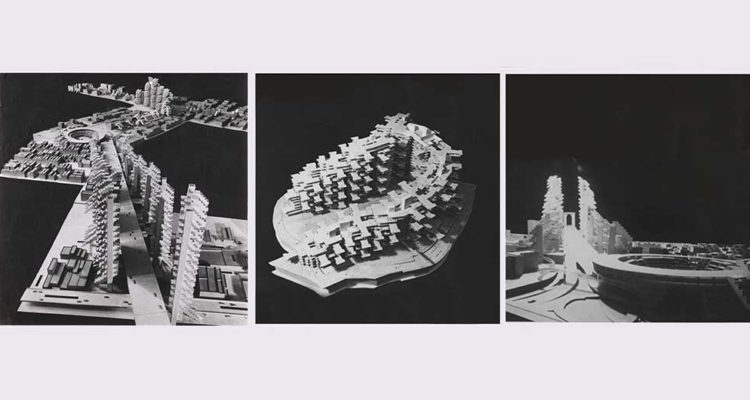Last winter, we introduced you to Nuisance. Composed of former and current collaborators in noted Milwaukee outfits like Decibully, Camden, The Promise Ring, and the similarly pronounced New Sense, the project used “virtual instruments”—which Nuisance member Ryan Weber created by recording real-life instruments and then meticulously coding them into software—and adhered to strict self-imposed rules in order to rapidly write and record its debut album, Kuchisabishii. On Friday, March 3, Nuisance followed that wildly ambitious and highly unorthodox album with a release the project is calling “the first of its kind.”
SAND, STONE, GLASS is a so-called “four-dimensional triple double album,” which features 19 songs that were fashioned exclusively with the aforementioned virtual instruments. However, each song has three different versions, with William Seidel’s delicate vocals serving as the only recurring through-hole for each composition. Moreover, listeners are encouraged to play all three iterations of the albums simultaneously in order to hear a fourth version of the record. Confused? We were too. Fortunately, Nuisance saw fit to make a video explaining the strange album(s) in greater detail.
SAND finds Weber’s musical renderings serving as the original inspiration for Seidel’s vocal accompaniment. STONE sees Scott Robert Allen exclusively using Weber’s collection of virtual instruments, midi data templates, and Seidel’s vocal bed as the foundation on which to build his own versions of songs that have the same runtime and melodies as SAND. Finally, GLASS finds Eric Osterman doing the same thing as Allen to make a third adaptation of the album.
While the vocals and the broad parameters of all 19 songs are the same, each of its three versions drastically differ from each other. Technically, the songs are the same across all three releases, but each one reflects the unique musical influence and artistic inspiration of the person tasked with using Weber’s 31 virtual instruments (and no other instruments whatsoever) in order to add some color to the blank aural canvas they were given. As you can probably imagine, the final products have a tendency to vary from song to song, album to album, and composer to composer.
Though its construction was undeniably reliant on rules and regulations, SAND, STONE, GLASS also shows a world of possible interpretations that can be crafted when sparing source materials find their way into capable hands of creative people with different perspectives. Listen to each version individually and pick your favorite parts or sync all three double albums to play at the same time. As Nuisance themselves say, “SAND, STONE, GLASS is a puzzle with no wrong way to piece together.” You can stream all three portions and learn more about this unusual album’s approach here.


